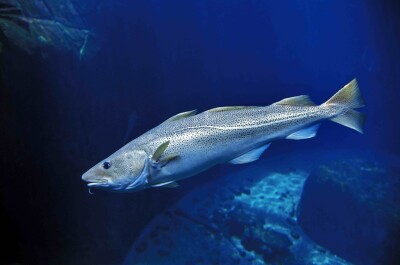Hadddock populations are known to be cyclical. Having recovered from recent lows in the 1990s, the stock is now healthy and abundant. In fact, for nearly a decade, haddock biomass has been hovering at or above the highest levels recorded in 60 years. But you wouldn’t know that by looking at what American fishermen have been landing. Despite being one of the most plentiful groundfish stocks available, our fishermen have been mostly unsuccessful at harvesting their allocations.
For a much different picture, we need only to look to the Canadian side of Georges Bank. Haddock is an international species, freely and routinely crossing the Hague Line, which demarcates the boundary between the United States and Canadian portions of Georges Bank. In order to ensure its sustainability, the United States and Canada manage this stock bilaterally, with US and Canadian scientists estimating the size of the stock and setting sustainable catch levels. But differences in management have led to far different outcomes.
For years, US haddock fishermen have caught only a tiny fraction of their quota. From 2004 through 2011, they landed an average of 11 percent of their share, equating to only 16 million pounds of the 150 million pounds allowed over that period. But Canadian fishermen have been far more successful. Although they fish the same haddock stock as their American counterparts, Canadians land a much higher percentage of their quota. From 2004 through 2011, they landed 240 million pounds of the 260 million pounds allocated, totaling 93 percent of their share of the haddock quota.
What accounts for the difference? During this period American fishermen have been handicapped by rules on minimum fish sizes and minimum net mesh sizes (the gaps in the fishing net that determine what size fish can be caught) that are more restrictive than those to which their northern neighbors are subject. Studies indicate the US mesh size retains less than 40 percent of the legal sized fish that enter the net. Canadian fishermen use a more efficient mesh size that retains nearly 90 percent.
Making things worse, large sections of the US portion of Georges Bank have been closed since 1994. Originally intended to control the US haddock catch indirectly by limiting access, the closures have largely outlived their original purpose now that the catch is directly controlled under a quota system. Yet the National Oceanic and Atmospheric Association continues to deny entry to these historical haddock grounds even as Canadian fishermen continue to haul record catches of haddock.
Read the full story at the Boston Globe>>






